
One of Seoul’s last ‘moon villages’, why Haebangchon is worth a visit – its history, what to do, and where to eat and drink
- Located on the steep slopes of Seoul’s Namsan mountain, Haebangchon has gone from migrant shanty town to thriving multicultural district
- Places to visit include the 108 Staircase, the towering Presbyterian Church, a hectic five-way intersection, and the now-trendy Shinheung Market
In the 1961 Korean cinema classic Aimless Bullet, director Yu Hyun-mok not only offers a realistic portrayal of how the poor lived in post-war Korea but also of the squatter area where the story is set: Haebangchon.
Located at the foot of Namsan, a mountain that stands in the heart of the capital, Seoul, the neighbourhood was once a makeshift home for migrants, mostly from the North, displaced both after the Japanese colonisation (1910-1945) and after the Korean war (1950-1953).
Today, densely populated Haebangchon is a multicultural residential – and increasingly commercial – district, but strolling through its steep, narrow streets you can still spot traces of its past.
History
The district’s name describes what it once was: Haebang means “liberation” in Korean and chon means “village”. When Japanese rule ended, displaced Koreans who sought to settle in Seoul formed a shanty town here.

Another wave of displaced migrants moved into Haebangchon after the devastating civil war. They were joined by Christians from North Korea who had fled from the communist regime’s religious persecution.
Koreans from abroad, the North and other parts of the South built mud huts and shanty homes wherever they could find empty plots, according to the Korea National Housing Corporation.
Where to travel in 2024, according to the experts – and where to avoid
South Korea’s economy gradually picked up after the war, as did the lives of those living in Haebangchon. In the 1960s, many residents earned a living by knitting sweaters and selling them at the nearby Namdaemun market.
Redevelopment of the area began in the 1970s and intensified in the 1990s, when the shanty houses were demolished. The proximity of the neighbourhood to the United States military base in Itaewon saw an influx of Americans.
By the early 2010s, businesses had popped up to cater to the large expat community; there are many restaurants serving Western cuisine on the main street in the lower section of the district, called Shinheung-ro.
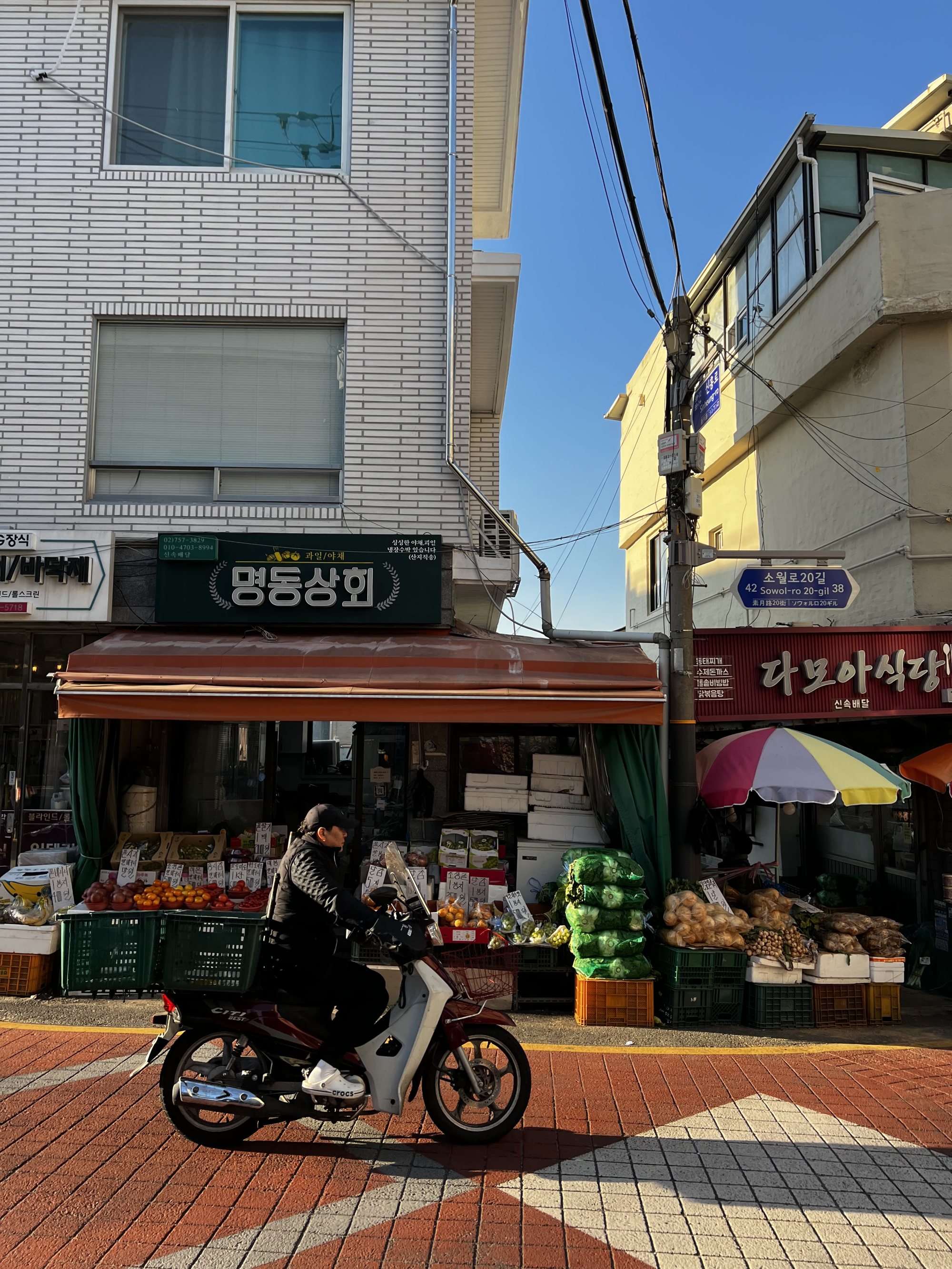
Moon village
Haebangchon is one of Seoul’s remaining Dal dongnae, or “moon villages”, referring to residential neighbourhoods that are located on the higher parts of mountains or hills, and thus, closer to the moon.
Historically, poorer city dwellers have lived in moon villages as the areas typically have to be reached by climbing many stairs. Such villages have been featured in Korean dramas, such as Fight for My Way (which was filmed in Busan), that portray characters living in difficult economic situations.
Local culture
The steep slopes of Haebangchon’s upper section are heavily residential and it’s easy to spot typical Korean scenes among the small houses, such as wet laundry drying on balconies and fruit trees growing in walled compounds.
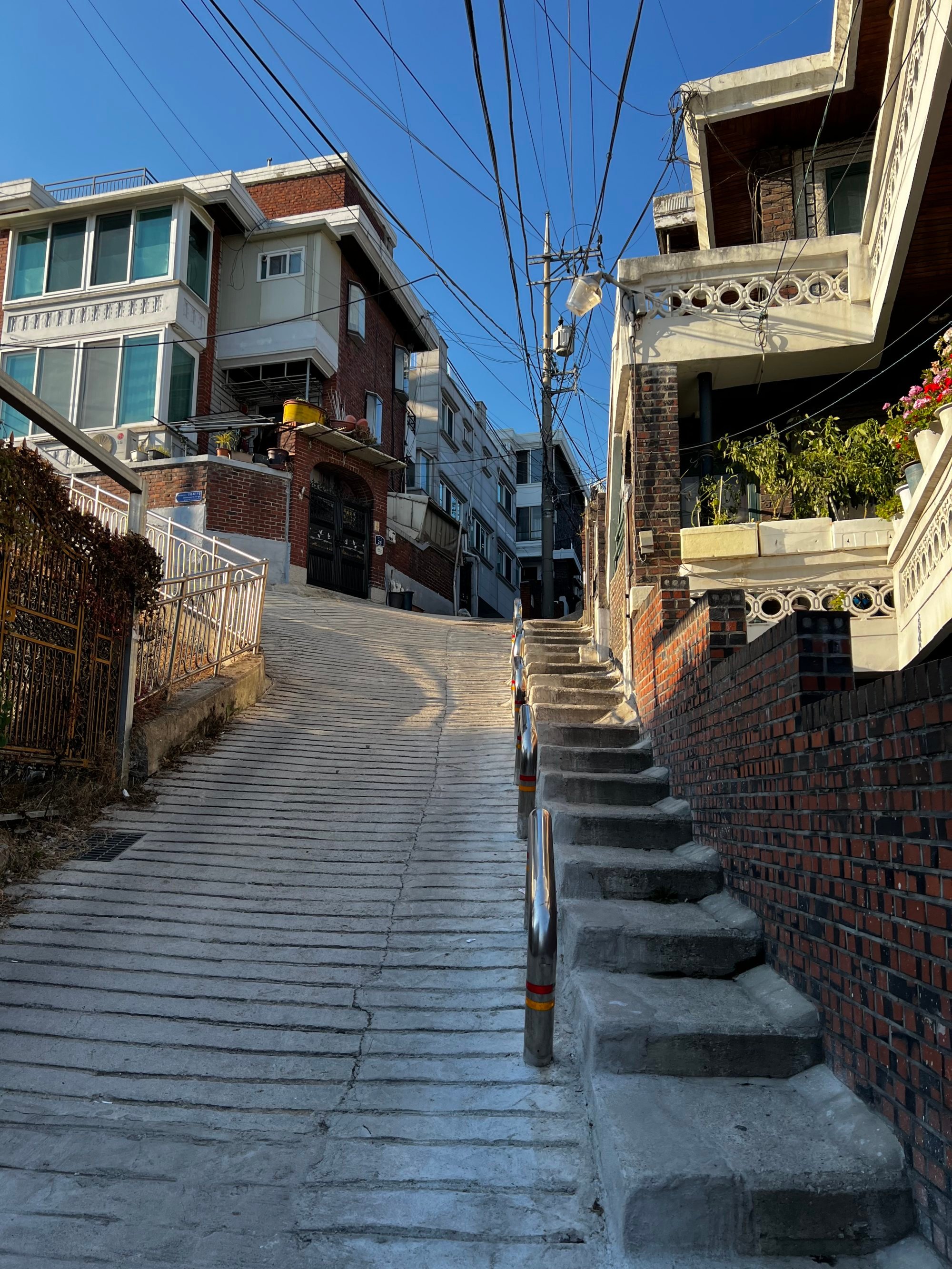
The area is still rough around the edges, though, and it is common to see older residents using canes to help them struggle up and down the slopes with small plastic bags of groceries. But the streets are also filled with cheerful chatter and the laughter of the teenage girls who attend the local all-girls middle and high school.
Between the houses near the top of Haebangchon you can find independent bookstores and vintage lifestyle stores, as well as restaurants and one-of-a-kind cafes that offer unobstructed views of Seoul.
One cafe, Namsan Arae, has a balcony from which to enjoy the view and serves jujube and other varieties of traditional Korean tea.
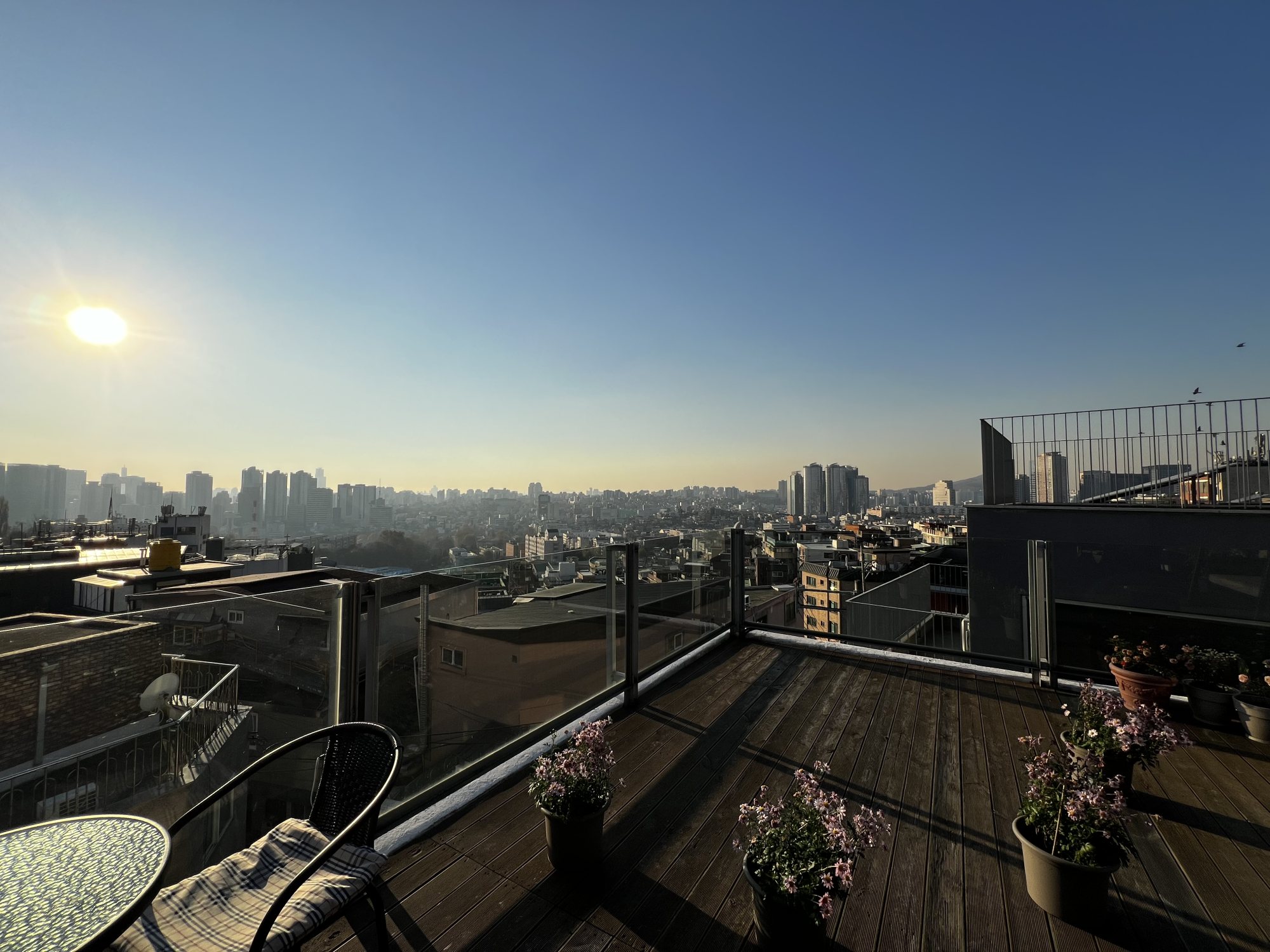
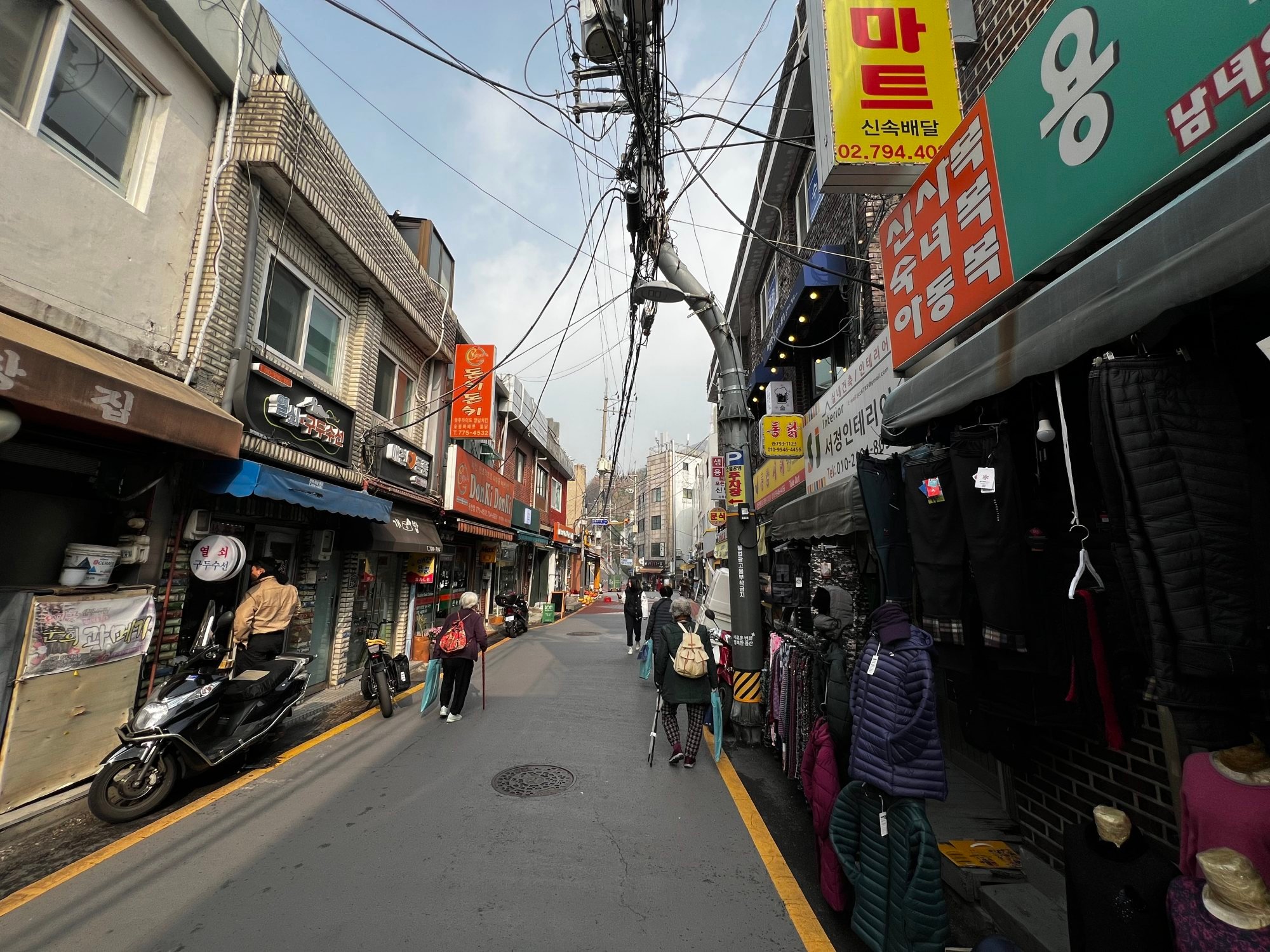
It is difficult to imagine today that in the 1950s, the residents of Haebangchon were struggling simply to survive. But the continuing lack of public transport up the narrow, steep slopes hints at the fact the modest neighbourhood may still be a low priority for the government.
The “Yongsan 02” minibus snakes up and down through the narrow streets, but residents have long complained that more options are needed.
Areas of cultural interest
108 Staircase
Towards the end of the Japanese colonial period, Haebangchon housed a local version of the highly controversial Yasukuni Shrine, in Tokyo, where the souls of Japanese soldiers who died during the Pacific War are consoled.
The shrine in Haebangchon was built in 1943, when soldiers were being killed fighting the Sino-Japanese war. The imperial government built the shrine on the slopes of the Namsan mountain because it was considered an important location, for feng shui reasons. The 108 staircase, so called for the number of steps, was constructed by the Japanese to reach the shrine.

The shrine was quickly dismantled after Korea was liberated but the staircase remains, along with a signpost explaining its historical significance. The first and only elevator up the steep slopes of Haebangchon was installed in 2018 next to the staircase.
Haebang Presbyterian Church
The church is a towering presence on the main street of Haebangchon’s upper section and is clearly visible from other parts of Seoul.
The church was built in 1947 by North Korean Christians who had settled in Haebangchon and had been worshipping in a tent.
Haebangchon five-way intersection
At the top of Haebangchon is an intersection where the roads that go up and down Namsan mountain and through Haebangchon meet. There are no traffic lights for the cars, or for pedestrians, but somehow it works, with old ladies carrying canes striding fearlessly from pavement to pavement.

Tous Le Jours is one of the largest bakery chains in South Korea, and the branch at the intersection is a good spot at which to grab a coffee and typical Korean breads and watch the world go by.
Shinheung Market
The Shinheung Market opened in the upper section of Haebangchon in 1953 and was long where neighbourhood residents bought daily necessities and groceries.
By the 1990s, custom had dwindled and the market went into decline. But the empty spaces have since been transformed into trendy cafes, Thai and sushi restaurants, and jazz bars.
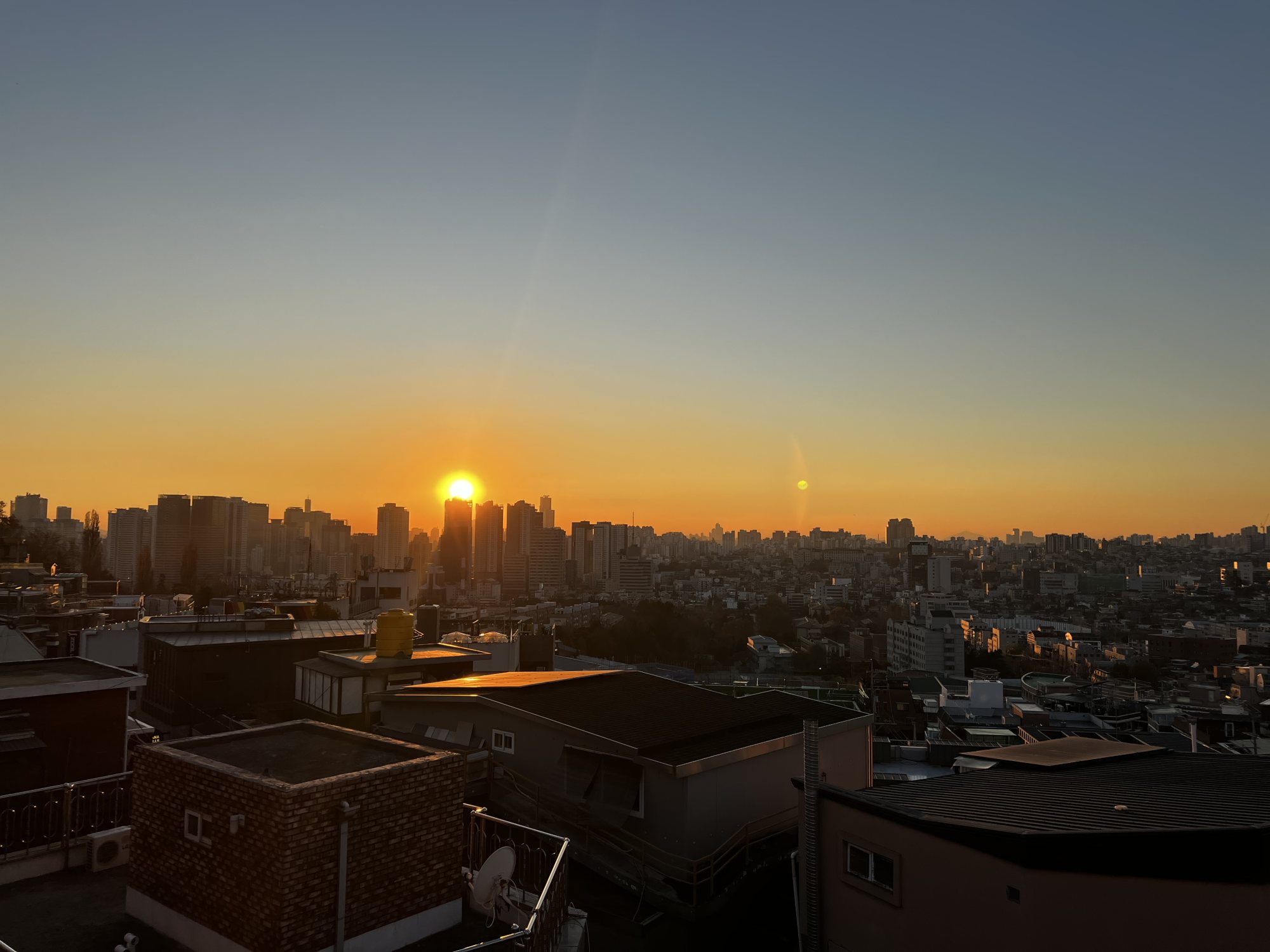
Hidden gems
Hansin Onggi
This shop sells onggi, a traditional Korean earthenware that is deep brown in colour and most commonly seen in the form of barrel-shaped containers with lids, used to keep and ferment kimchi in.
The shop, at one end of Shinheung-ro’s main street, has become something of a Haebangchon institution, having been in operation for 56 years.

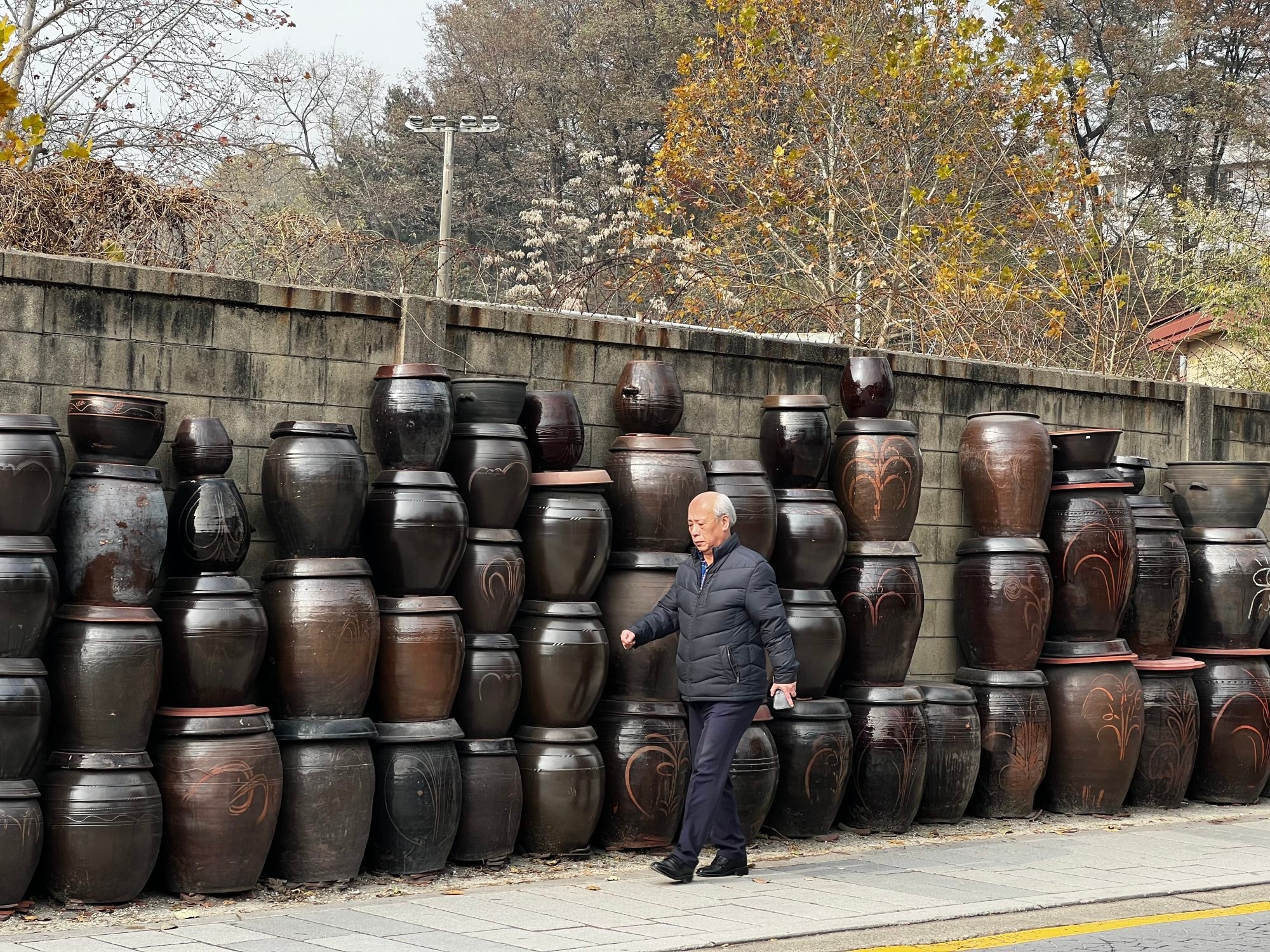
Koreans don’t use as many onggis as they once did and now the shop is patronised mainly by tourists who are attracted by the outer wall, which has onggis stacked up beside it. The bestselling item nowadays is a small cup set, according to the owner.
Old restaurants
Among the many decades-old restaurants in the upper section of Haebangchon that offer authentic Korean food is Tong Dak Si Dae, which serves old-style fried chicken.
Go Chang Jip has been in business for more than 50 years, selling typical Korean dishes such as spicy pork stir fry, kimchi jjigae and even notoriously smelly skate ray dishes.
Meoh Muk Eul Le Bunsik is a snack stand that sells quintessential Korean street food such as tteokbokki (spicy rice cakes).

